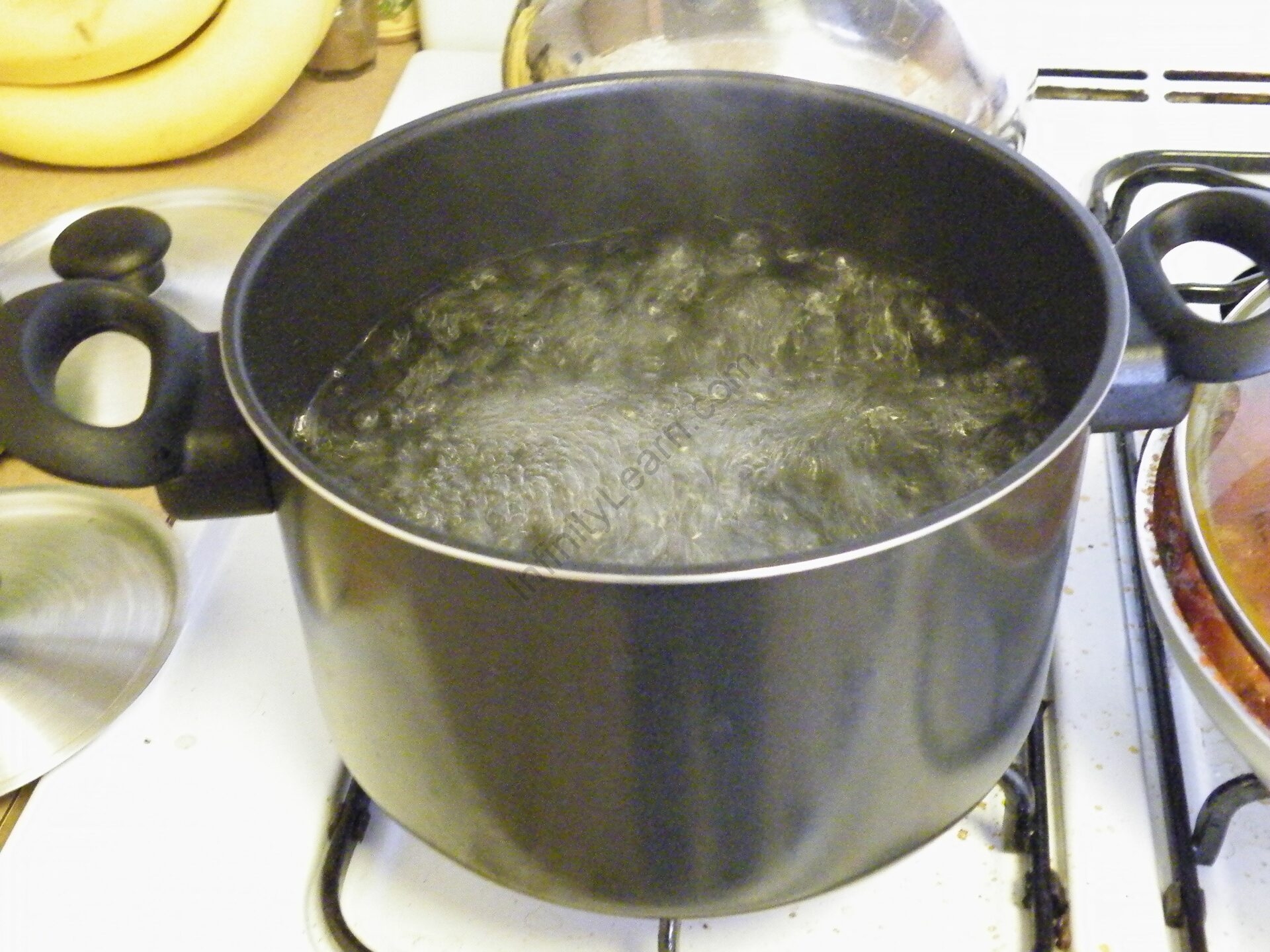Table of Contents
Important Topic of Physics: Phase Change
Introduction:
In general, a phase change or phase transition is the transition of a substance from one state (solid, liquid, gas, plasma) to another. These changes occur when the pressure in the system changes when a sufficient amount of energy is supplied to the system (or when a sufficient amount is lost). The temperature and pressure at which these changes occur depends on the chemical and physical properties of the system. The energy associated with this transition is called latent heat. Water is a substance with many interesting properties that will affect the phase change. The relatively large amount of energy required to change the phase of water is one of the reasons for using water to cool power plants. This is also one of the reasons people sweat to keep cool (via evaporation) and dogs pant. This high latent heat also makes water important for climate mitigation.
Overview:
When we look around, many changes are taking place in our daily life. If the water is left outside, it will evaporate even if the temperature does not exceed 25 degrees Celsius. During the evaporation stage, some water particles present in the air also condense into a liquid, but the process is so slow that no water is left behind. Eventually, these two-phase changes reach a point where they both stabilize, and this is where we enter the equilibrium value.
Equilibrium values depend on the material being used and the ambient temperature. Another name for this property is equilibrium vapor pressure. There are three states of matter on Earth: solid, liquid, and gas. In a solid, the particles of a given object are so tightly packed that they make the object rigid and have a fixed shape that does not change until some external force is applied. Second, there is a liquid. Particles present in a liquid are not held together as tightly as in a solid state. As a result, we see the property of changing the shape of the liquid. Also, due to the low attractive force between the particles, some liquids are very reactive and can form compounds quickly. Most of the compounds formed are liquid. This is because the gaseous state is so reactive that it is difficult to go from the reaction to the solid state. Gas particles are not combined together in any way. It expands in this area as soon as it provides space. So, they move around a lot and can quickly fill an entire area in an instant.
Let a glass of cold water stand for a while, and its surface will be completely covered with liquid droplets. If you put the milk on a gas fire, it will start to froth when it reaches a certain temperature. The metal ring expands in diameter if it gets heated over a fire, water solidifies when placed in the freezer for a while, and ice cream melts when placed at room temperature. This change is called a phase change (also called a phase transition). Some of these changes include boiling, melting, condensing, etc.
(1) Boiling:
Boiling is the process by which the liquid phase of a substance turns into a gas. This process occurs when the temperature rises to the boiling point or when the pressure decreases to atmospheric pressure. This process is used in cooking, water purification, etc.
(2) Condensation:
Condensation is the process by which the physical state of a substance changes from the gaseous state to the liquid state. It can also be defined as the conversion of water vapor into water droplets when in contact with a solid surface. This process is useful for separating solute and solvent in solution. The solvent is evaporated by heating the solution and then collected separately by condensation.
(3) Metal Heating:
When heated, the structural, magnetic and electrical properties of the metal change. Metal expands when heated. It increases in length, volume and surface area. This process is called thermal expansion. Different metals may have various degrees of thermal expansion. This process is useful when designing metal structures such as domestic pipes and fittings.
(4) Freezing:
Freezing is the process by which the physical state of a substance changes from a liquid to a solid. This phase change process occurs when the temperature drops to a point where the liquid reaches its freezing point. This process is used to preserve fruit and vegetable (frozen food) or animal samples in the laboratory because it slows down the breakdown and growth of bacteria.
(5) Melting:
Dissolution is the process by which a substance changes from a solid to a liquid. This phase transition occurs through the application of heat that raises the temperature of the material to its melting point. This process is used to transform one substance into another form. For example, we melt metal drops and turn them into rings and blocks of various shapes.
Frequently Asked Question (FAQs):
Question 1: What is phase change?
Answer: A phase change or phase transition is the transition of a substance from one state (solid, liquid, gas, plasma) to another.
Question 2: How does temperature be related to phase change?
Answer: The higher the temperature, the more difficult it is for a substance to remain in a solid state. Low-temperature substances remain solid for a longer period of time. Ice, for example, does not lose its shape in cold weather and in summer begins to melt as soon as it is removed from the freezer.
Question 3: What happens to an element when it changes shape?
Answer: When a substance changes shape, heat and energy are transferred. Heat and energy are released during the transition from a solid to a liquid. Adding or removing heat from a given material can cause a phase change in that material. The temperature at which a substance melts is called its melting point, and the temperature at which a liquid freezes is called its freezing point.








